Making a cross-slide tool post for Warco WM290
| petro1head | 25/02/2023 13:50:15 |
984 forum posts 207 photos | I am going to make cross-slide tool post to replace the compound side. I am going to base my project on --THIS-- This is my current setup: This is what I plan to make: So I would appreciate any thoughts or point out somit I have missed please Edited By petro1head on 25/02/2023 13:50:35 Edited By petro1head on 25/02/2023 13:58:48 |
| Dave Halford | 25/02/2023 14:14:27 |
| 2536 forum posts 24 photos | Don't you need an arc to set the top slide over for an angle? |
| petro1head | 25/02/2023 14:21:21 |
984 forum posts 207 photos | If I want an angle I will put the compound slide back on |
| JasonB | 25/02/2023 15:36:20 |
25215 forum posts 3105 photos 1 articles | With the toolpost far over to the left will you be able to get enough tailstock extension when turning between ctrs? You may find the tool won't come far enough to the right to start the cut |
| Clive Foster | 25/02/2023 16:04:31 |
| 3630 forum posts 128 photos | Consider arranging some form of angle registration to the toolpost so you can repeatably swing it over where necessary to improve tool access. Such rotation may suffice to answer the concerns raised by JasonB. The Multifix QC system users seem very happy with the 40 rotational positions provided. Perhaps fixing the QC post via a 40 tooth gear with a suitable location plunger fitting between a pair of teeth would work well. Further to what Jason has said a CAD system is very useful when contemplating this sort of job to rapidly run through the positional permutations to verify that you have enough movement and sufficient clearances everywhere. Generally the smaller machines tend to run out of tailstock gravel when coping with a QC toolpost. There is a reason why long nose rotating centres can be very handy in such situations. My S&B 1024 has an unusually long tailstock travel for a 10" lathe but even that struggles at times with the bulk of a Dickson toolpost. One day I'll weaken and get an extended centre. Clive |
| Clive Foster | 25/02/2023 16:35:23 |
| 3630 forum posts 128 photos | Further to Jasons concerns. There seems no reason why the idea wouldn't work just as well with a single tapped hole in the bas plate to simultaneously hold both spacer and toolpost. Does that way It would be relatively simple to add another tapped hole for the stud close to the centre of the base block so the assembly can easily be moved on the (rare) occasions it might be necessary. Although the 4 bolt mounting via the Tee slots makes turning the whole base round simple I suspect this would just shift any access problems from tailstock end to headstock end with no net gain. Clive
|
| JasonB | 25/02/2023 16:45:25 |
25215 forum posts 3105 photos 1 articles | Clive, it is not so much the toolpost hitting the ctr which can be reduced by rotating the toolpost as you say but being able to get the tip of the cutting tool back far enough to the rihjy do you can start the cut to the right of the end of the work. On the 280 I often need to wind my (parallel) topslide all the way to the right when using the tailstock support to avoid excess stickout of the tailstock. I've sketched it out onto petrol heads image. The tailstock casting is dark green and will be 10mm or so from the edge of the cross slid edge due to gib screws. The tool will be 20mm or so to the right hand edge of the plate so that is 10 + 180 + 20 = 210mm that the tailstock and crt will need to be sticking out if facing work or wanting to put a cut on. Yes you can use an extended ctr and wind the tailstock right out but that is not as rigid so kind of defeats the idea of a rigid toolpost mount if the work is not as well supported a sit could be. One option may be to move the skinny M6 fixings 90deg so they are front and back and then you could have two or three positions for the 80mm block left and right along the baseplate if needed. Think I would actually go with four M6 fixings on the 45deg angles Edited By JasonB on 25/02/2023 16:47:01 |
| Journeyman | 25/02/2023 16:51:39 |
1257 forum posts 264 photos | Well it works well for the WM250 (as per the article you linked to) so I see no reason why it should not work for the WM290 with suitable amendation of the dimensions. I note you have opted for a rectangular base-plate with the tool post front and centre. This will limit options as to tool position. The square with post at the corner (as per original) allows for rotation of the assembly so the toolpost can be in one of four locations as required. The whole base-plate can be slid back and forth in the T-slots to further aid getting the most suitable position. John |
| JasonB | 25/02/2023 17:59:14 |
25215 forum posts 3105 photos 1 articles | I think the rectangular shape is to get the tool over the DRO scale Something like this may be an option. If you put three M12 holes in at 50mm ctrs and arrange for the M6 fixings to come down through the round riser then you can get at it all from above and move the riser and toolpost to one of the three positions as the job needs |
| petro1head | 25/02/2023 17:59:31 |
984 forum posts 207 photos | I have read the posts, thanks. I need to get it into my head what your actually mean, but I think I understand. What I could do when machining between ctrs is drill and tap another 12mm thread at the other side, nearer the tail stock?? |
| petro1head | 25/02/2023 18:00:33 |
984 forum posts 207 photos | Posted by JasonB on 25/02/2023 17:59:14:
I think the rectangular shape is to get the tool over the DRO scale Something like this may be an option. If you put three M12 holes in at 50mm ctrs and arrange for the M6 fixings to come down through the round riser then you can get at it all from above and move the riser and toolpost to one of the three positions as the job needs I think we are on the same page Jason I notice you have 4 locating points for the riser, would two not be enough as the clamping force will keep it in place? Edited By petro1head on 25/02/2023 18:02:00 |
| JasonB | 25/02/2023 18:02:33 |
25215 forum posts 3105 photos 1 articles | The only proviso is that if the tool post is moved to the right will you get close to a large chuck's jaws |
| petro1head | 25/02/2023 18:04:44 |
984 forum posts 207 photos | Posted by Journeyman on 25/02/2023 16:51:39:
Well it works well for the WM250 (as per the article you linked to) so I see no reason why it should not work for the WM290 with suitable amendation of the dimensions. I note you have opted for a rectangular base-plate with the tool post front and centre. This will limit options as to tool position. The square with post at the corner (as per original) allows for rotation of the assembly so the toolpost can be in one of four locations as required. The whole base-plate can be slid back and forth in the T-slots to further aid getting the most suitable position. John I think the cross slide is bigger on the 290 compared to the 280 hence why its rectangular as well as getting past the DRO
|
| petro1head | 25/02/2023 18:05:09 |
984 forum posts 207 photos | Placeholder to allow email notifications |
| petro1head | 25/02/2023 18:09:56 |
984 forum posts 207 photos | Posted by JasonB on 25/02/2023 18:02:33:
The only proviso is that if the tool post is moved to the right will you get close to a large chuck's jaws I think its a great idea and thanks |
| Clive Foster | 25/02/2023 21:13:06 |
| 3630 forum posts 128 photos | Jason I agree with what you are saying and what you have drawn. had assumed that fitting the carrier plate via the tee slots would let the whole set up be pulled towards the outside of the cross-slide sufficiently far to avoid the situation you have sketched. Ideally the toolpost needs to be far enough out to run past the side of the tailstock casting. A situation I'm not always able to arrange with my S&B 1024 so even high end machines can suffer. Extra mounting positions, as you show in your third post are clearly a sensible option for dealing with this sort of thing. But down the centre of the plate may not be the best location. If the situation in your pervious sketch occurs then off centre towards the outer edge may be better. CAD makes it so much easier to deal with this sort of clearance issue. 2 hours on the computer has saved me lots of grief several times in the past. I still see no advantage to the separate fixings for the block. A single stud and locating pin will do just as well and make moving much easier. When dealing with a sufficiently similar situation I made the stud with a ring drilled with pin spanner holes partway up it and counterbored the top of the block so the ring was beneath the upper surface when tight. Applied to this case the upper part of the stud behaves as normal to hold the toolpost. If it ever becomes necessary to move the block the stud can be undone with the pin spanner. Clive Edited By Clive Foster on 25/02/2023 21:16:27 |
| petro1head | 26/02/2023 02:53:23 |
984 forum posts 207 photos | Thanks Clive for your thoughts. I did wonder if i actually do need to bolt the round block to the plate as i aslo thought the clamping force would be enough? I was intending to use M10 bolts to hold the plate to the cross slide and wonder if this is overkill and M8 socket head bolts would do? If i was to use M8 socket head bolts this is negate thebneed for the plate to be so wide as the heads will be countersunk allowing the rorund post to overlap. Therefoe the plate could be only 100mm wide compared to 150mm |
| Hopper | 26/02/2023 02:59:06 |
7881 forum posts 397 photos | I should think 8mm bolts would do the job. I was thinking I might add a couple of dowel pins between the base and the round turret for positive location though. Or at least countersunk screws coming up from the bottom so they locate on the angled countersinks. I would not rely on clamping force there because any tiny movement will affect finish, chatter, precision etc. On the vaguely similar fabricated one I made for my Myford, I welded those two pieces together to form in effect one solid block. Solid is the object of the whole exercise with such a toolpost.
Edited By Hopper on 26/02/2023 03:03:04 |
| JasonB | 26/02/2023 07:10:10 |
25215 forum posts 3105 photos 1 articles | Clive it is not an in out clearance problem but a sideways one see light green arrows., will take a photo later to illustrate. Yes if M12 pulls right down through the riser then just something to locate it would do, if you wanted to index the toolpost then at least a dowel would be needed.. Though as Hopper says if you are doing this to make things solid may as well make all joints rigid by bolting. As the existing topslide is held with M10 I would go with that though you do now have double the amount. |
| Clive Foster | 26/02/2023 10:22:47 |
| 3630 forum posts 128 photos | Jason I fear we have gotten at cross purposes. Again! As I understood things the issue is avoiding this situation:- where the tailstock barrel is undesirably extended to clear the toolpost. There is a considerable gap between tailstock base and cross slide. If the toolpost mount is moved outwards it can clear the tailstock casting like this :- considerably reducing barrel extension and bringing the tailstock base close to the cross slide. I think it inevitable, most especially with a smaller lathe, that one toolpost position suits all is pretty much impossible without work arounds involving undesirable tooling arrangements such as long stick outs or tool shifting mid job. Accepting that it seems sensible to not only provide several alternative positions for the toolpost and its mounting block but also make it easy and quick to move. If it's not quick and easy you won't shift it and struggle to do the job with things as is taking three times as long with worse results and considerable profanity. Human nature, Been there, dunnit, got the tee shirt and wrote the book. I would use a simple stud of suitably hefty dimensions and just drop the block on relying on a locating pin to ensure it always goes back where it should. I'd also fix a locating pin to one of flat sides of the toolpost to either engage with the teeth of a flat gear affixed to the top of the block or drop into a one of a ring of holes drilled in the top of the block. Best to drill and tap the toolpost for couple of screws to either hold the locating pin directly or via a tube so it can be slid up out of the way when using the toolpost on the compound slide. Having the pin you may wish to consider whether some sort of rotational indexing can be arranged when using the compound. Clive
Edited By Clive Foster on 26/02/2023 10:24:25 |
Please login to post a reply.
Want the latest issue of Model Engineer or Model Engineers' Workshop? Use our magazine locator links to find your nearest stockist!
Sign up to our newsletter and get a free digital issue.
You can unsubscribe at anytime. View our privacy policy at www.mortons.co.uk/privacy
- hemingway ball turner
04/07/2025 14:40:26 - *Oct 2023: FORUM MIGRATION TIMELINE*
05/10/2023 07:57:11 - Making ER11 collet chuck
05/10/2023 07:56:24 - What did you do today? 2023
05/10/2023 07:25:01 - Orrery
05/10/2023 06:00:41 - Wera hand-tools
05/10/2023 05:47:07 - New member
05/10/2023 04:40:11 - Problems with external pot on at1 vfd
05/10/2023 00:06:32 - Drain plug
04/10/2023 23:36:17 - digi phase converter for 10 machines.....
04/10/2023 23:13:48 - More Latest Posts...
- View All Topics
- Reeves** - Rebuilt Royal Scot by Martin Evans
by John Broughton
£300.00 - BRITANNIA 5" GAUGE James Perrier
by Jon Seabright 1
£2,500.00 - Drill Grinder - for restoration
by Nigel Graham 2
£0.00 - WARCO WM18 MILLING MACHINE
by Alex Chudley
£1,200.00 - MYFORD SUPER 7 LATHE
by Alex Chudley
£2,000.00 - More "For Sale" Ads...
- D1-3 backplate
by Michael Horley
Price Not Specified - fixed steady for a Colchester bantam mark1 800
by George Jervis
Price Not Specified - lbsc pansy
by JACK SIDEBOTHAM
Price Not Specified - Pratt Burnerd multifit chuck key.
by Tim Riome
Price Not Specified - BANDSAW BLADE WELDER
by HUGH
Price Not Specified - More "Wanted" Ads...
Do you want to contact the Model Engineer and Model Engineers' Workshop team?
You can contact us by phone, mail or email about the magazines including becoming a contributor, submitting reader's letters or making queries about articles. You can also get in touch about this website, advertising or other general issues.
Click THIS LINK for full contact details.
For subscription issues please see THIS LINK.
Model Engineer Magazine
- Percival Marshall
- M.E. History
- LittleLEC
- M.E. Clock
ME Workshop
- An Adcock
- & Shipley
- Horizontal
- Mill
Subscribe Now
- Great savings
- Delivered to your door
Pre-order your copy!
- Delivered to your doorstep!
- Free UK delivery!

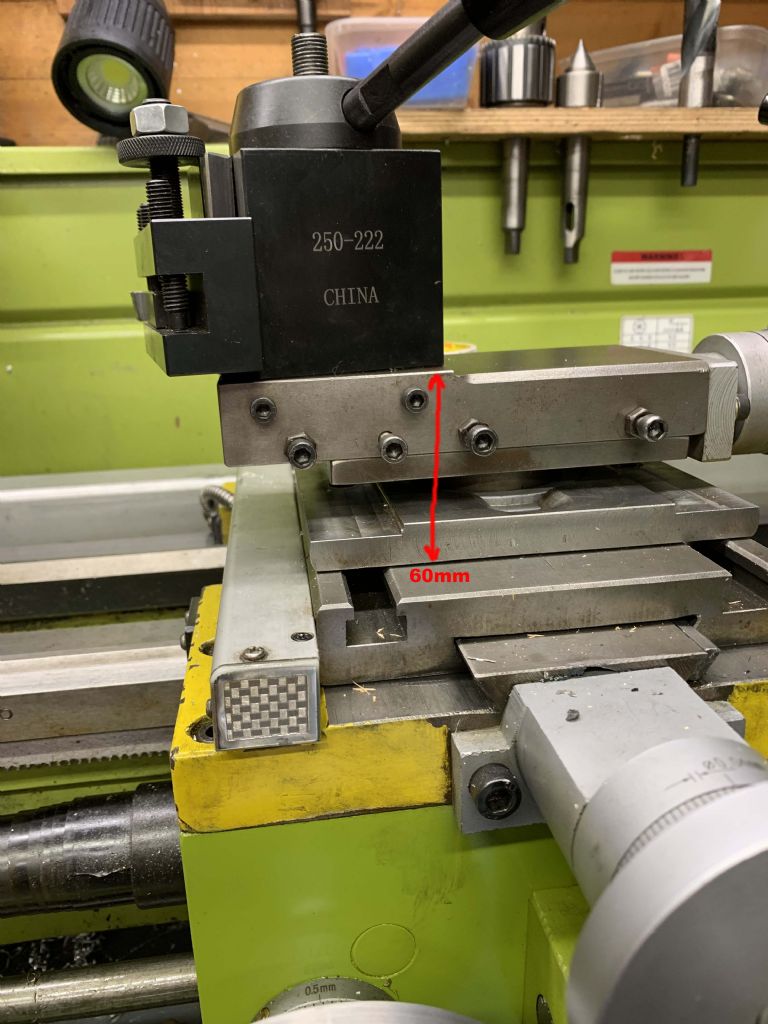

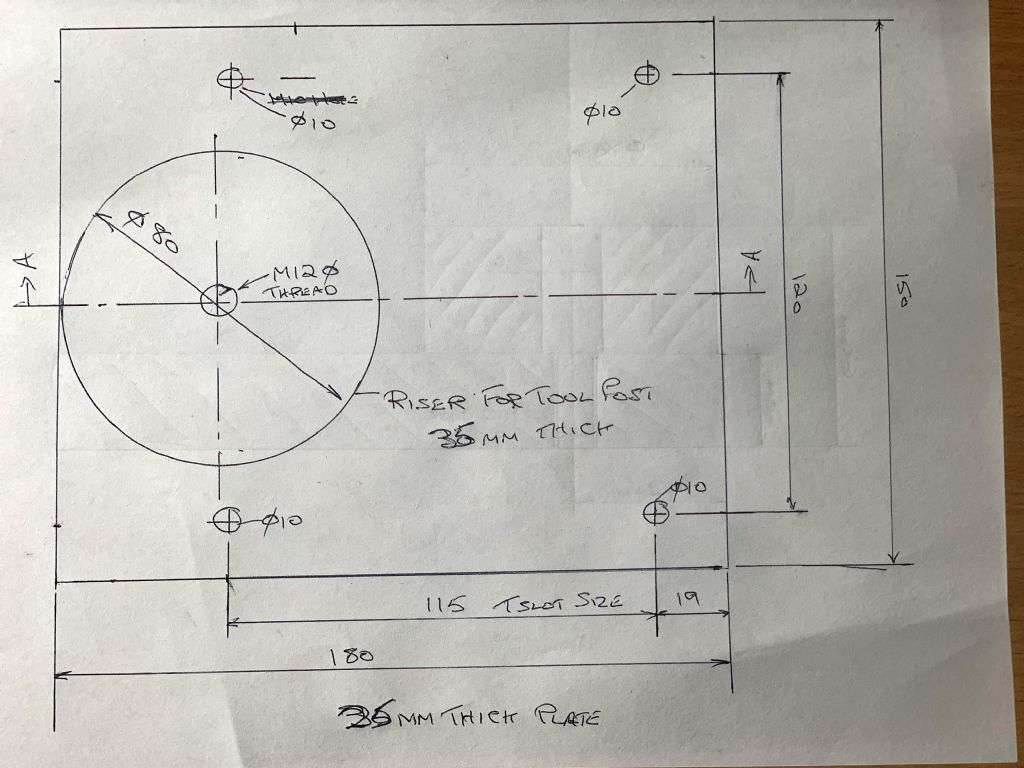
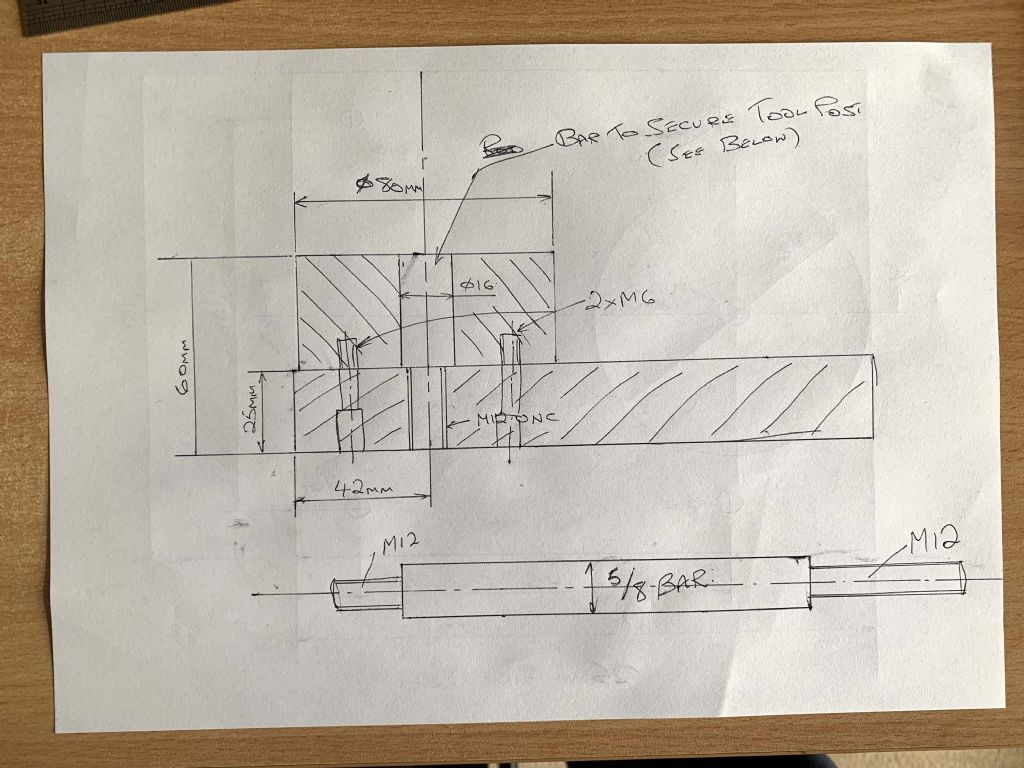
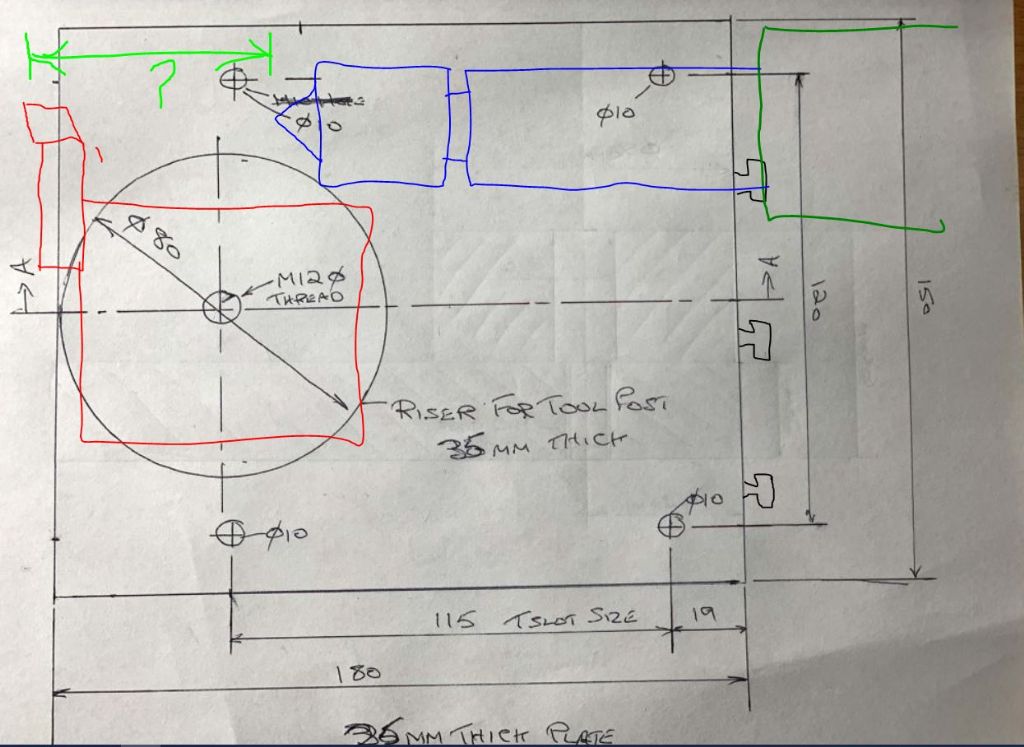
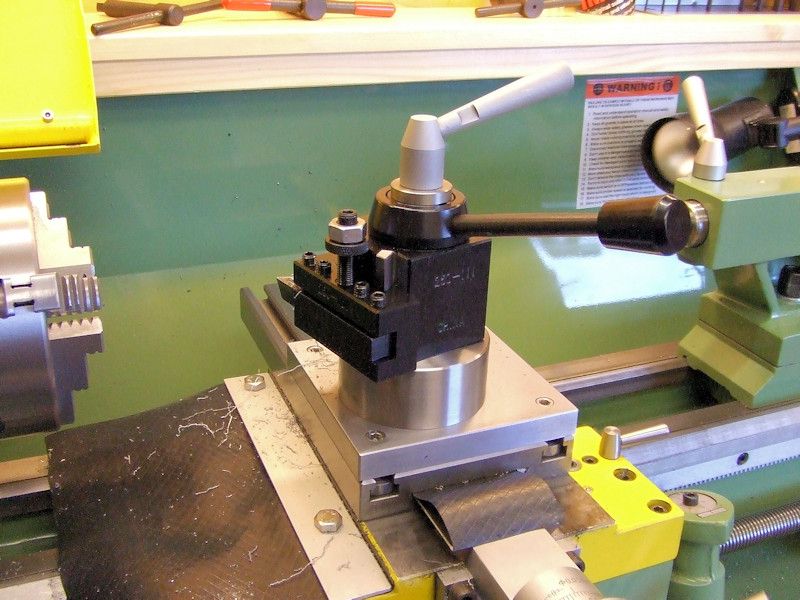












 Register
Register Log-in
Log-in


